Kinhtedothi - The 2024 Capital Law with many new regulations on policies and specific mechanisms is considered a driving force and opportunity for Hanoi to concentrate resources and build urban planning along the Red River into a breakthrough.
On planning for construction and development of the Capital; measures to ensure planning implementation; management of space, architecture, landscape and urban construction; urban renovation, embellishment and reconstruction (Articles 17, 18, 19, 20):
In order to institutionalize the Party's policy in Resolution No. 15-NQ/TW on "Focusing on implementing planning, investing in construction, stabilizing the population on both sides of the Red River and Duong River, planning the development of urban underground space, green space and public space", creating flexibility and initiative for Hanoi City, the Capital Law 2024 stipulates a number of specific policies, different from current laws, specifically as follows:

On planning (Article 17, Article 18):
- Regulations on the Capital Planning and the Capital Master Plan must ensure the construction of a civilized, cultured, modern, and sustainably developed Capital, with a clean living environment and water security, with the Red River as the green axis, central landscape, and harmonious urban development on both sides of the river in Hanoi (Clause 1, Article 17).
- Regulations on concentrating resources, prioritizing the implementation of the zoning plan of the Red River and Duong River in accordance with the Capital Planning and the General Planning of the Capital approved by the Prime Minister. Allowing the construction of new dikes in accordance with the flood prevention and control planning of the diked river, the dike planning and other related planning to effectively exploit the land fund. On the riverbank, some existing residential areas are allowed to exist and new constructions and houses are allowed to be built at appropriate rates according to the flood prevention and control planning of the diked river and other related planning; the remaining riverbank and floating areas are allowed to build works for public spaces and works serving public purposes but not to elevate the riverbank and floating areas to ensure the requirement of not obstructing the flow (Clause 2, Article 17).
- Regulate the authority of the City People's Committee to approve investment projects to build works at river banks and floating beaches on dike-covered rivers in the city according to the Capital Planning, the Capital Master Planning and other relevant plans to ensure the implementation of planning at river banks and floating beaches (Clause 7, Article 18). Accordingly, land at river banks and floating beaches can be used to invest in building works serving the development of cultural industry, the development of ecological agriculture combined with sightseeing, experiential education, and experiential tourism to promote and effectively exploit the potential of land funds, geographical location, and cultural space in these areas.
This is a new content compared to the current legal regulations, transferring the authority to approve investment projects from the Prime Minister to the City, demonstrating strong decentralization for local authorities in promoting potential, taking advantage of available agricultural land funds but still consistent with the goals of dike management and protection, and natural disaster prevention and control.
- Decentralize the authority to the Hanoi People's Committee to locally adjust the general urban planning, the general planning for functional area construction, and the specialized planning for technical infrastructure, and assign the City People's Council to promulgate the procedures for implementing the adjustment (Clause 3, Article 17).
On measures to implement planning (Articles 18, 19, 20):
Measures to implement the planning of historical inner-city areas and central urban areas : - Regulations on not expanding the land area of existing hospitals, not expanding or building new industrial production facilities, industrial parks and clusters, universities and vocational training facilities, including not locating training locations if there were no previous training headquarters in the historical inner-city area (Clause 1, Article 18).
- Regulations on the relocation of industrial production facilities, medical facilities, higher education, vocational education and headquarters of agencies and units in the central urban area are not consistent with the Master Plan of the Capital. Accordingly, the Government and the City People's Council have the authority to decide on land allocation in accordance with the planning, list, measures and roadmap for relocation of agencies and units under their management; the City People's Committee is responsible for allocating land in accordance with the planning for agencies and units to relocate and is responsible for managing and using the land after relocation for the right purposes as prescribed in the Law for historical inner-city areas and other areas in the central urban area (clauses 2, 3, 4, 5, Article 18).
Measures to implement the planning of traffic axes in the city : When investing in the construction of new roads and urban railways or expanding existing roads according to the planning in the city, the planning agency must simultaneously determine the location, boundaries, and land area to be recovered in the vicinity of roads and urban railways to carry out urban renovation, beautification, on-site resettlement, housing development, trade, and services in accordance with the planning. The City People's Committee must report to the City People's Council to decide on the location, boundaries, and land area before the detailed planning is approved; the recovery of land in the vicinity must be carried out together with the implementation of the project to develop roads and urban railways (Clause 6, Article 18).
Measures to implement underground space planning : Resolution 06-NQ/TW requested: "Early build a legal framework for smart urban development, management of urban technical infrastructure and urban underground space"; Resolution 15-NQ/TW also clearly stated the task: "Planning for the development of urban underground space". To ensure the implementation of the planning of underground space in the central urban area - Hanoi city [5], Article 19 of the 2024 Capital Law stipulates the management, exploitation and use of urban underground space of the capital, especially underground space in the central urban area, the historic inner city area of Hanoi to serve the development of static traffic, public supplementary commercial services, and the preservation of cultural space and landscape in this area.
- Regulations on principles of management and use of underground space (Clause 1, Article 19).
- Regulations on underground space must be divided into functional zones for management, exploitation and use. The Law assigns the Government to regulate the depth limit, ensuring that it is consistent with the geological characteristics and potential for exploitation and use of underground space and consistent with the underground space planning of each area. Within that depth limit, organizations and individuals using land in the city are allowed to use and exploit the underground vertically within the boundaries of the land plot from the ground down. Beyond this depth limit, land users wishing to use the underground must be licensed by competent state agencies in accordance with the approved planning and must pay for the use of underground space, except for some cases of exemption or reduction of underground space use fees for underground works not for business purposes, works on the list of encouraged investment and construction or other cases prescribed by the Government (Clause 2, Article 19).
- Assign the City People's Council to promulgate a list of underground works that are encouraged for investment and construction (Clause 3, Article 19).
Measures for urban renovation and beautification: - On the basis of inheriting some contents of Articles 8, 9 and 10 of the 2012 Capital Law, the 2024 Capital Law stipulates a number of new and specific measures to remove obstacles in urban renovation and beautification in accordance with approved planning and regulations on urban architecture and design management, specifically:
- Regulations on urban renovation and embellishment in the city are implemented according to projects, including: projects to reconstruct a specific urban area, except for urban development projects oriented towards public transport; projects to embellish a construction work or a group of construction works in a specific area; projects to protect and restore a construction work or a group of construction works, areas with cultural, historical, natural, architectural, and urban landscape values; mixed renovation and embellishment projects including new construction works, renovation, embellishment, reconstruction, protection, and restoration works (Clause 2, Article 20).
- Fully and strictly regulate cases in urban areas that are allowed and need to undergo urban renovation and beautification (Clause 3, Article 20), including:
+ Urban areas with construction works whose structures and distances between works do not ensure standards according to regulations of law on construction and law on fire prevention and fighting;
+ Urban areas with dangerous, degraded construction works at risk of collapse that must be demolished according to regulations of law on construction and law on housing; areas with traffic infrastructure that does not ensure traffic safety requirements according to regulations of law on traffic;
+ Urban areas do not ensure sufficient standards and regulations on technical infrastructure and social infrastructure of residential units and do not have enough land to develop additional technical infrastructure and social infrastructure;
+ Urban areas that are not in accordance with planning, regulations on architectural management and urban design; urban areas with population quotas exceeding the standards and regulations of residential units that need to be relocated to reduce population density according to planning;
+ Urban areas have valuable architectural works, historical - cultural relics, and scenic spots that need to be protected and restored, but have surrounding construction works that are not suitable for protection;
+ Urban areas with headquarters of agencies, units, and facilities that must be relocated according to the provisions of law, with production, business, and service establishments that pose risks or allow incidents to occur that endanger the health and lives of people.
- Specify the implementation of urban renovation and beautification projects in the following cases: all home owners and land users in the urban area carrying out renovation and beautification agree to contribute land use rights and readjust land according to land law; the City People's Committee specifically identifies the areas that need renovation and beautification and organizes the selection of investors to be the investors of the urban renovation and beautification project; in urgent cases where urban renovation and beautification are needed and no investor can be selected, the City People's Committee shall reclaim the land, organize compensation, support, resettlement and organize auctions of land use rights (clauses 4, 5, 6, Article 20).
- Regulations on renovation and reconstruction of old apartment buildings in apartment complexes or urban areas according to the provisions of the law on housing can only be carried out when it is in accordance with the planning and renovation and refurbishment requirements for the entire apartment complex (Clause 7, Article 20).
- Regulations on renovation and embellishment of valuable architectural works with multiple owners and the responsibility of the City People's Committee to arrange funds to support construction quality inspection and support individuals and organizations to carry out renovation and embellishment (Clause 8, Article 20).
- Regulations on the responsibilities of the City People's Council specify the implementation of urban renovation and beautification measures, regulations on the responsibilities of investors and owners in inspecting the quality of apartment buildings, support mechanisms for inspection, relocation, compensation, resettlement, career conversion, support and encouragement for the implementation of urban renovation and beautification projects (Clause 9, Article 20).
- Regulate the responsibility of the City People's Committee to organize, appraise and approve urban renovation and beautification projects; promulgate regulations on management of valuable architectural works; decide on auctioning the right to lease old villas and houses belonging to public property not used for residential purposes to develop tourism and service business associated with the commitment to preserve, renovate and maintain the works (Clause 10, Article 20).
- Allow the City People's Committee to establish a Fund for the preservation of the historic inner city area of the Capital. This is a non-budgetary financial fund, supported by the state budget with charter capital; operating not for profit. The Fund's revenue is formed from sponsorship, voluntary contributions, entrusted capital of domestic and foreign organizations and individuals, and other legal financial sources to contribute to mobilizing resources for urban renovation, embellishment, and reconstruction activities associated with the preservation and promotion of cultural values of the historic inner city area (Clause 11, Article 20).
These regulations have created a legal basis for the operation of the mechanism of shared responsibility between the city government, investors and the residential community, the community of owners and land users in mobilizing and using capital sources for urban renovation and beautification according to projects suitable for each urban area and each specific case, ensuring the harmony of interests of the State, society, investors and individuals and organizations with related rights, interests and obligations.
Building a civilized, modern, and sustainably developed capital
According to the Law Committee of the National Assembly, the Law on the Capital (amended) approved by the National Assembly stipulates the concentration of resources and priority for the implementation of the zoning plan of the Red River and Duong River. Hanoi is allowed to build a cultural industrial center on the river banks, the floating banks of the Red River and other areas with advantages in terms of cultural space location in accordance with the plan.
Specifically, it is allowed to build new dikes in accordance with the flood prevention and control planning of the diked river, the dike planning and other relevant planning to effectively exploit the land fund. On the riverbank, some existing residential areas are allowed to exist and new constructions and houses are allowed to be built at appropriate rates according to the flood prevention and control planning of the diked river and other relevant planning; the remaining riverbank and floating areas are allowed to build works for public spaces and works serving public purposes but the riverbank and floating areas are not elevated to ensure that they do not obstruct the flow.
Hanoi was decided to adjust the determination of environmental zoning in the capital planning, partially adjust the general urban planning, the general planning for functional area construction, and the specialized planning of technical infrastructure of the city that have been approved by the Prime Minister and report the implementation results to the Prime Minister. The Hanoi People's Council was assigned the responsibility of specifying in detail the order and procedures for adjusting the determination of environmental zoning and partially adjusting the planning.
Particularly for areas with approved general planning or zoning planning, district-level construction planning according to the provisions of the law on planning, the law on construction, the law on urban planning, it is not necessary to establish district-level land use planning but based on the general planning or zoning planning, district-level construction planning and land use targets allocated from the general planning of the Capital and local land use targets to establish annual district-level land use plans.
Experts say that this is a “golden” opportunity for breakthrough urban planning along the Red River. However, the planning and planning roadmap of the Capital must be implemented and strictly controlled. Accordingly, it is necessary to build a civilized, modern, sustainable capital with a clean living environment and water security with the Red River as the green axis, the central landscape, and harmonious urban development on both sides of the river of the City.
Source: https://kinhtedothi.vn/co-hoi-xay-dung-quy-huach-do-thi-ven-song-hong-thanh-diem-dot-pha.html



![[Photo] Prime Minister Pham Minh Chinh receives Cambodian Minister of Commerce](https://vstatic.vietnam.vn/vietnam/resource/IMAGE/2025/4/28/be7f31fb29aa453d906df179a51c14f7)
![[Photo] Prime Minister Pham Minh Chinh and Japanese Prime Minister Ishiba Shigeru attend the Vietnam - Japan Forum](https://vstatic.vietnam.vn/vietnam/resource/IMAGE/2025/4/29/fc09c3784d244fb5a4820845db94d4cf)
![[Photo] Signing ceremony of cooperation and document exchange between Vietnam and Japan](https://vstatic.vietnam.vn/vietnam/resource/IMAGE/2025/4/28/e069929395524fa081768b99bac43467)
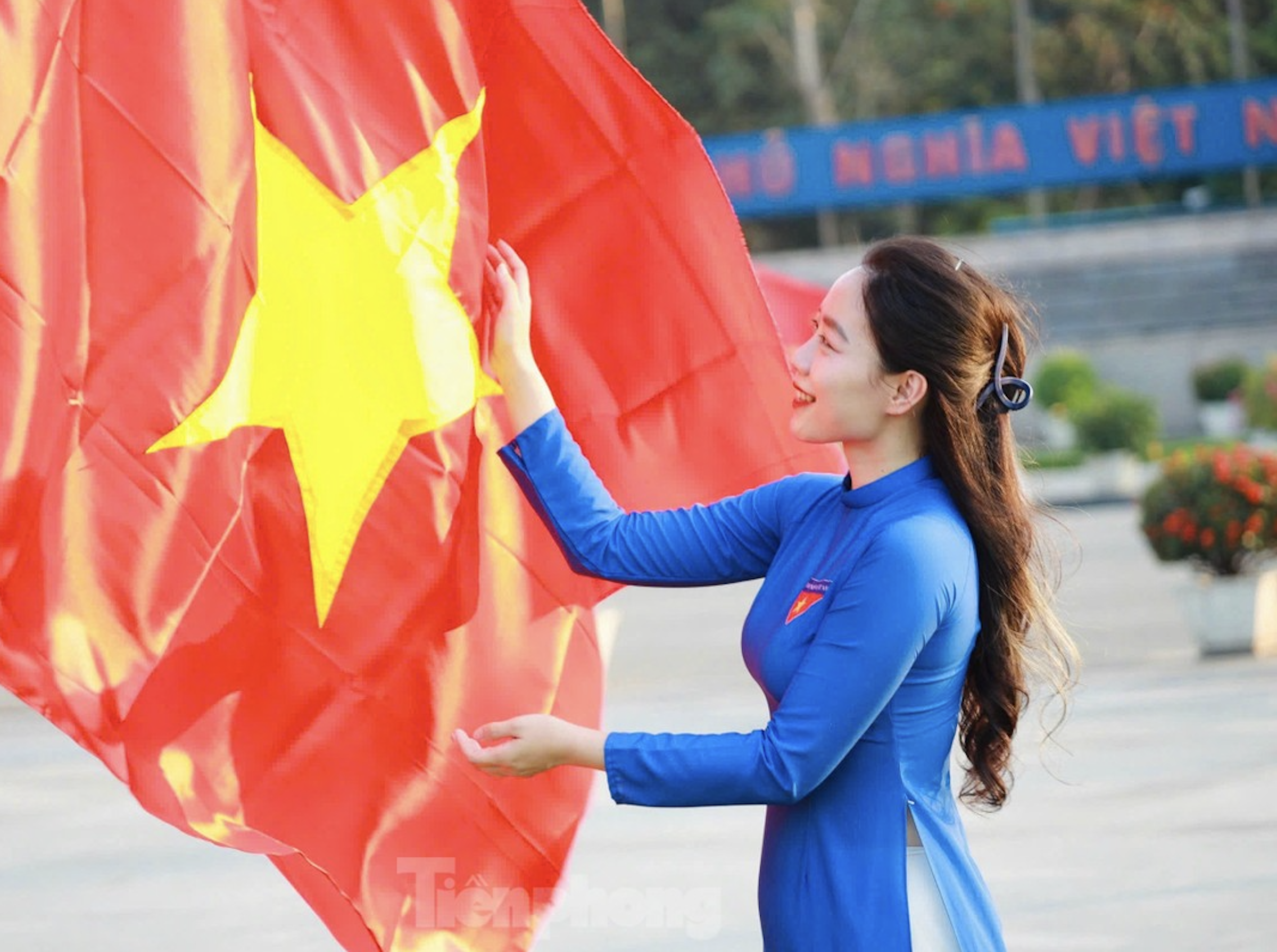

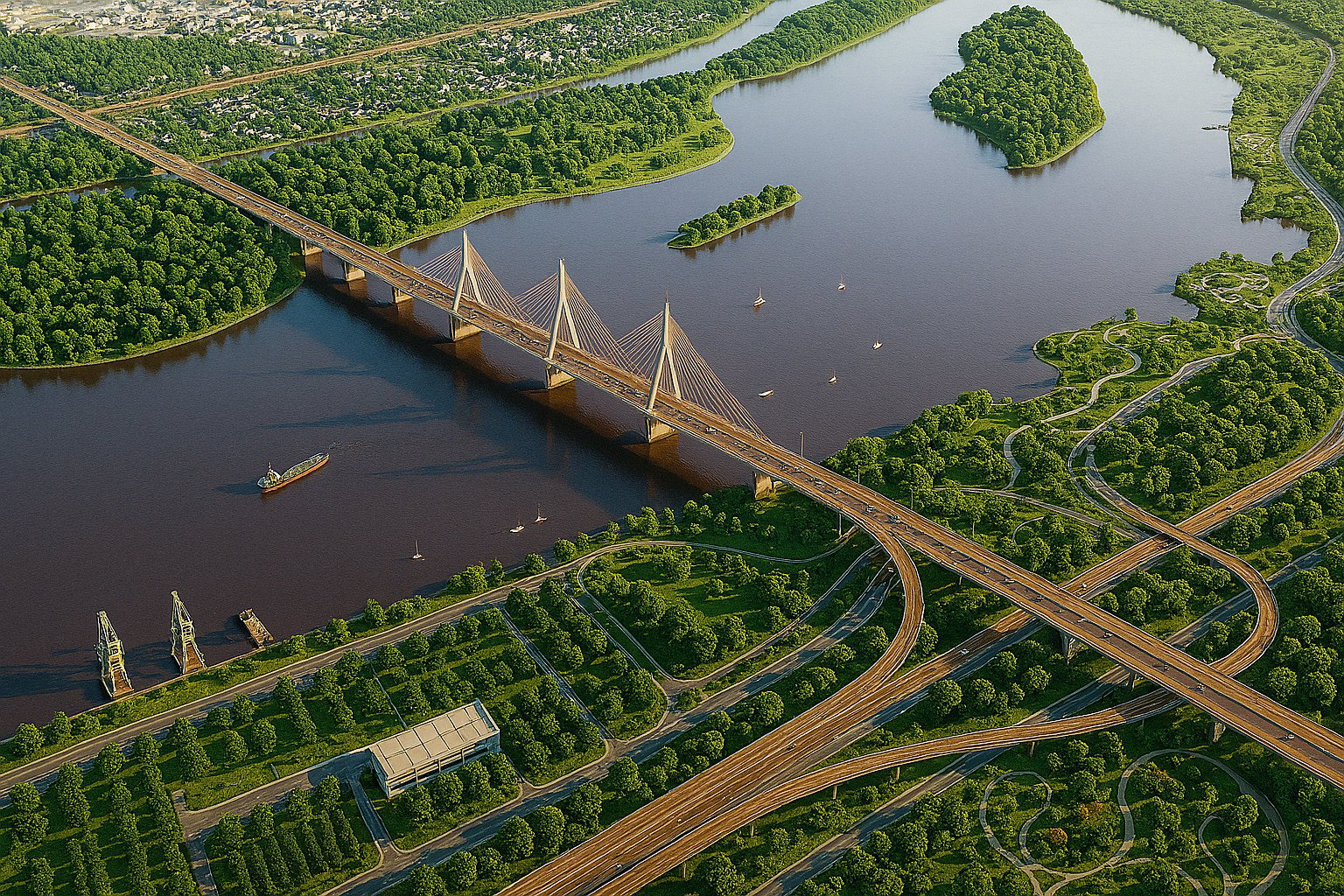



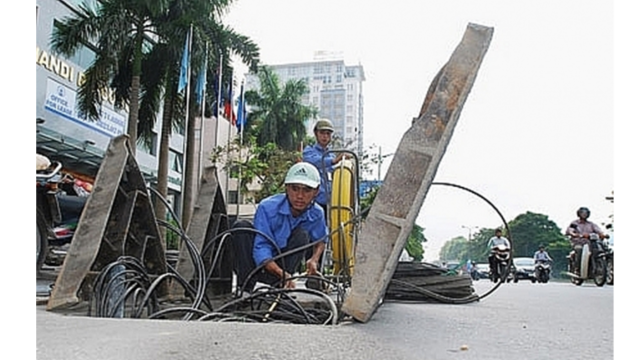
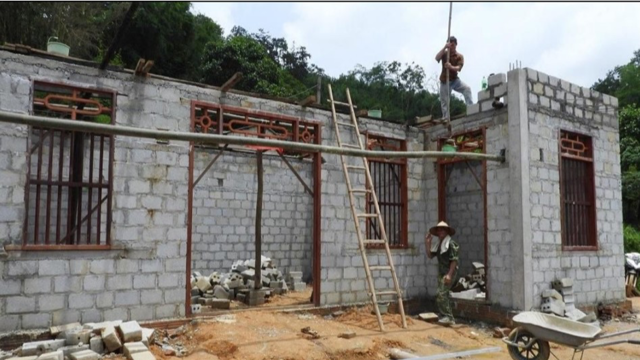
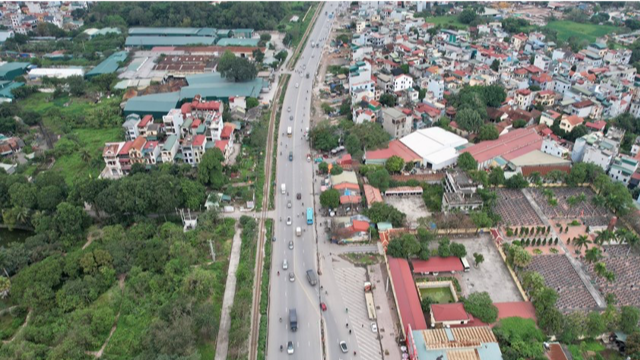

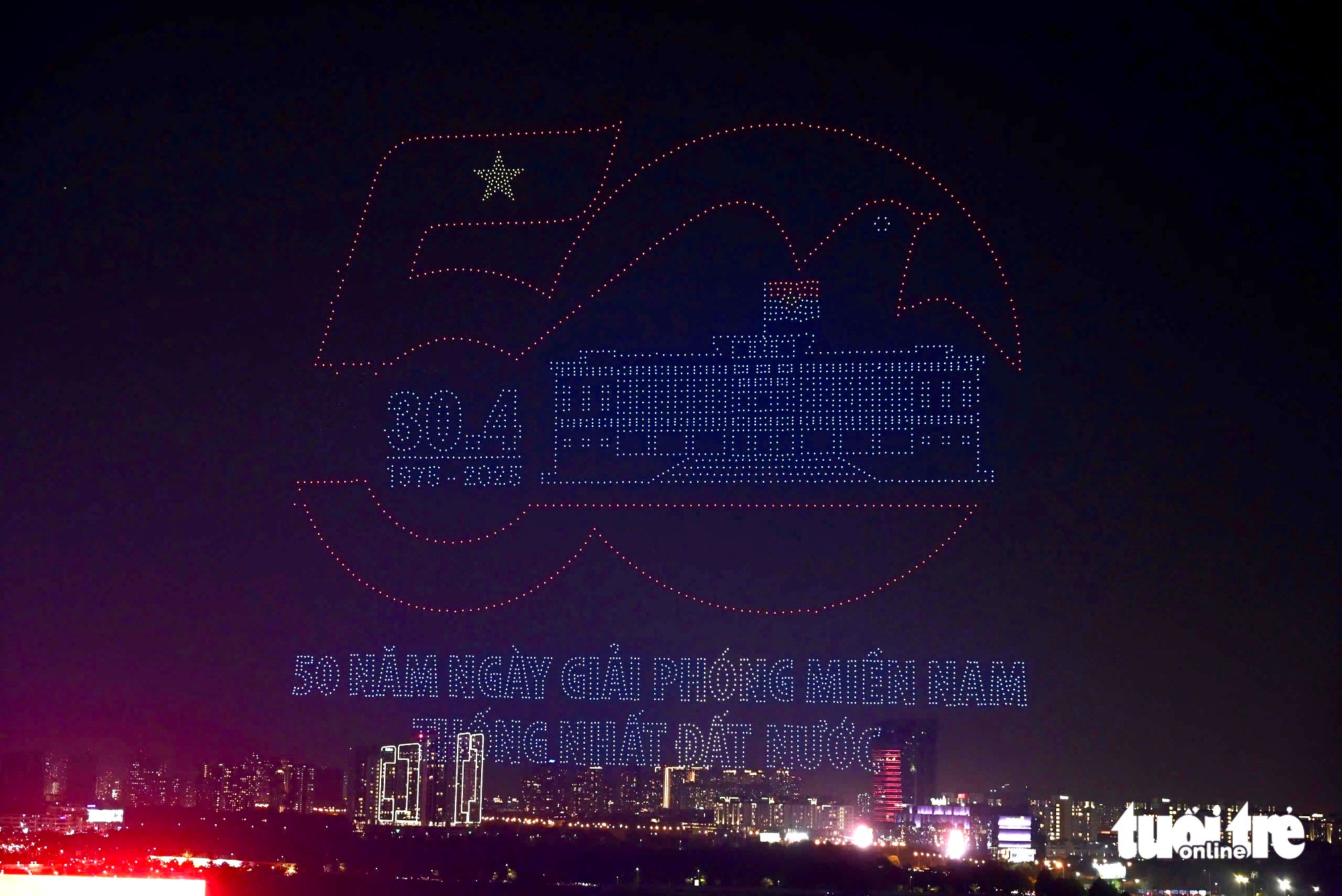
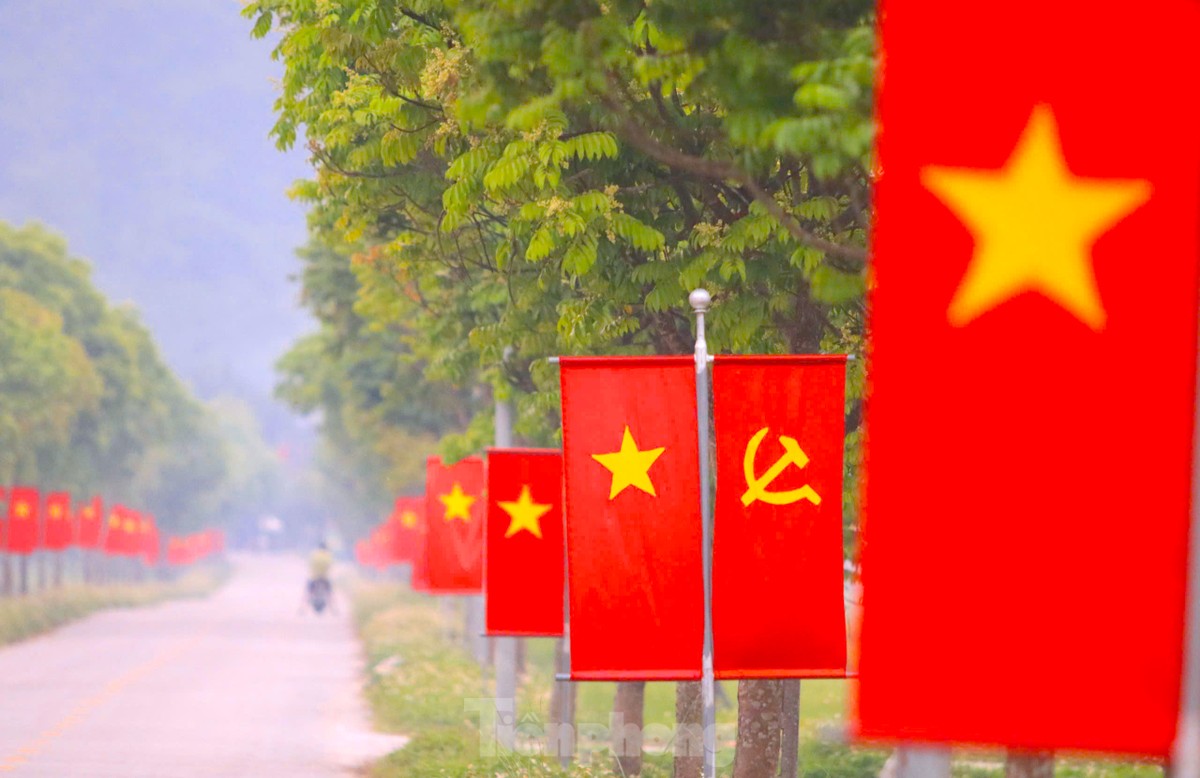
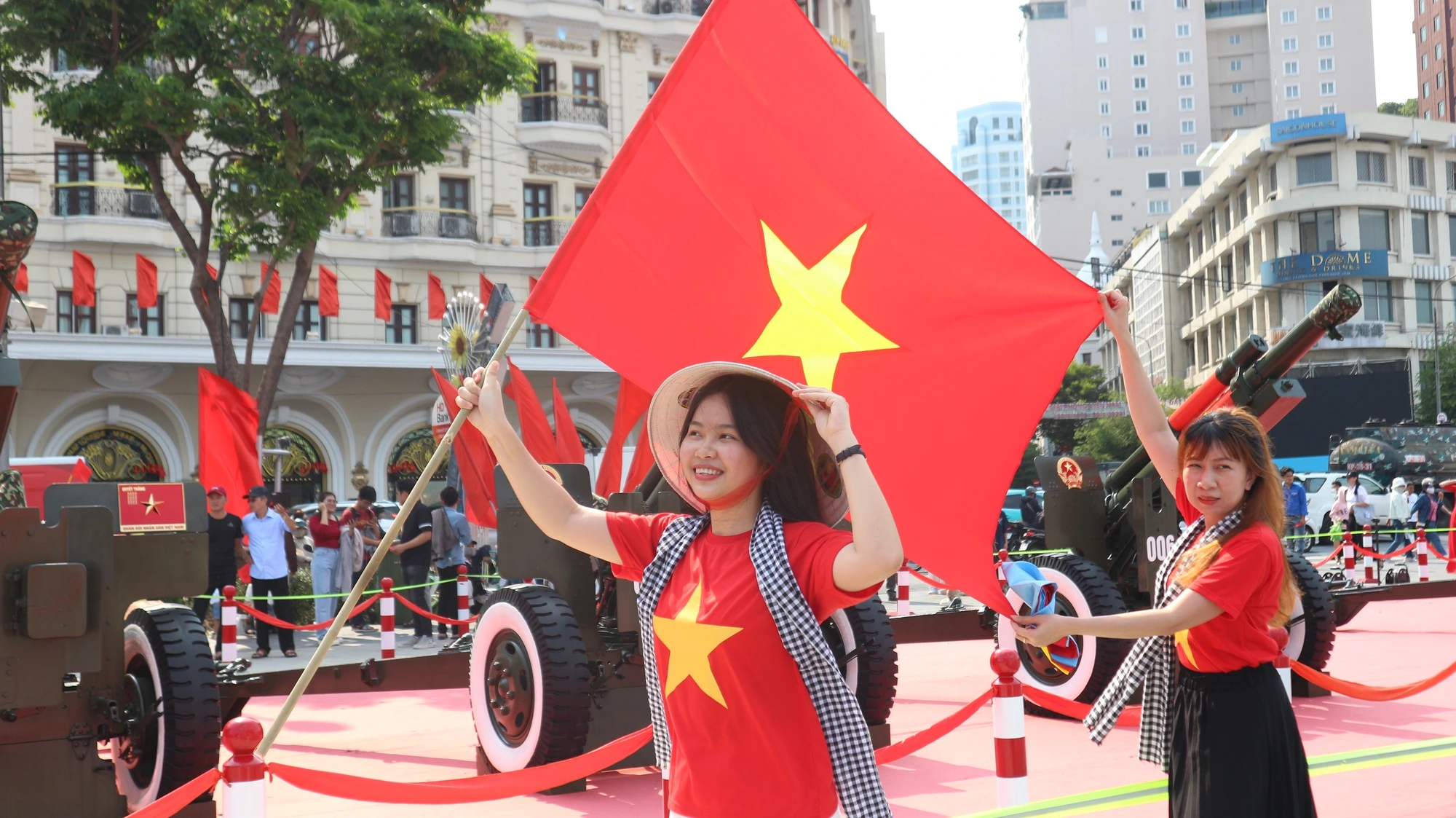
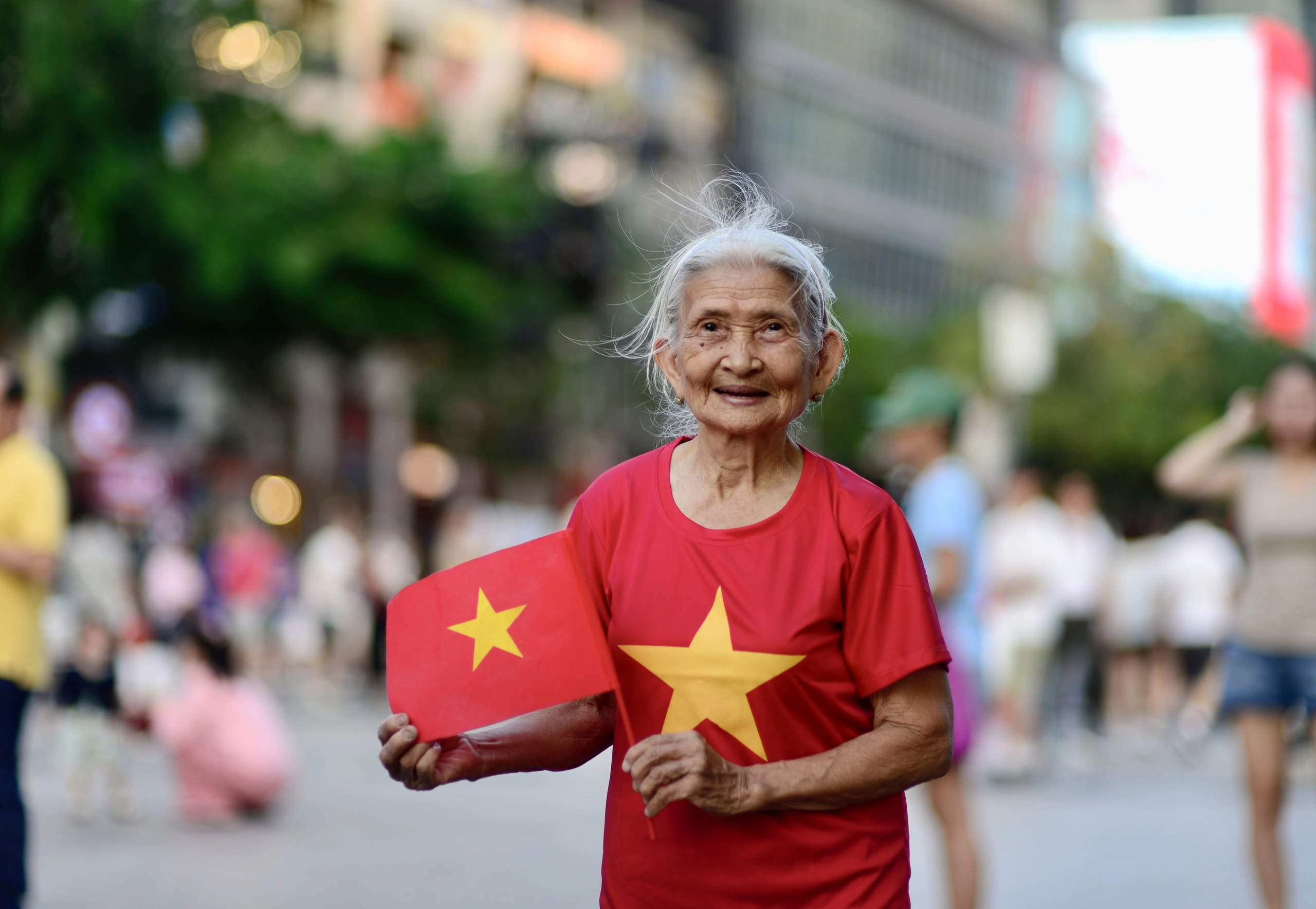
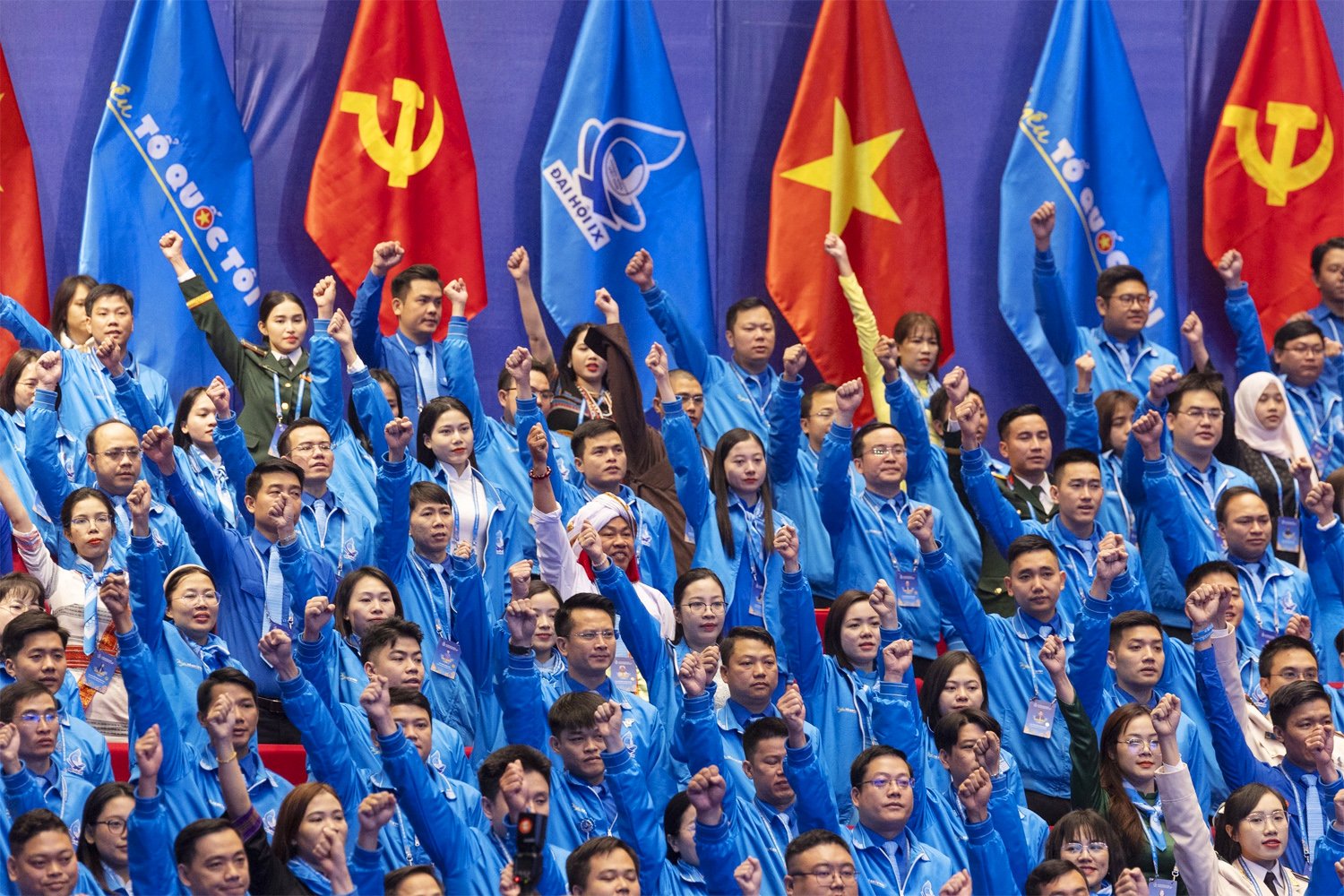


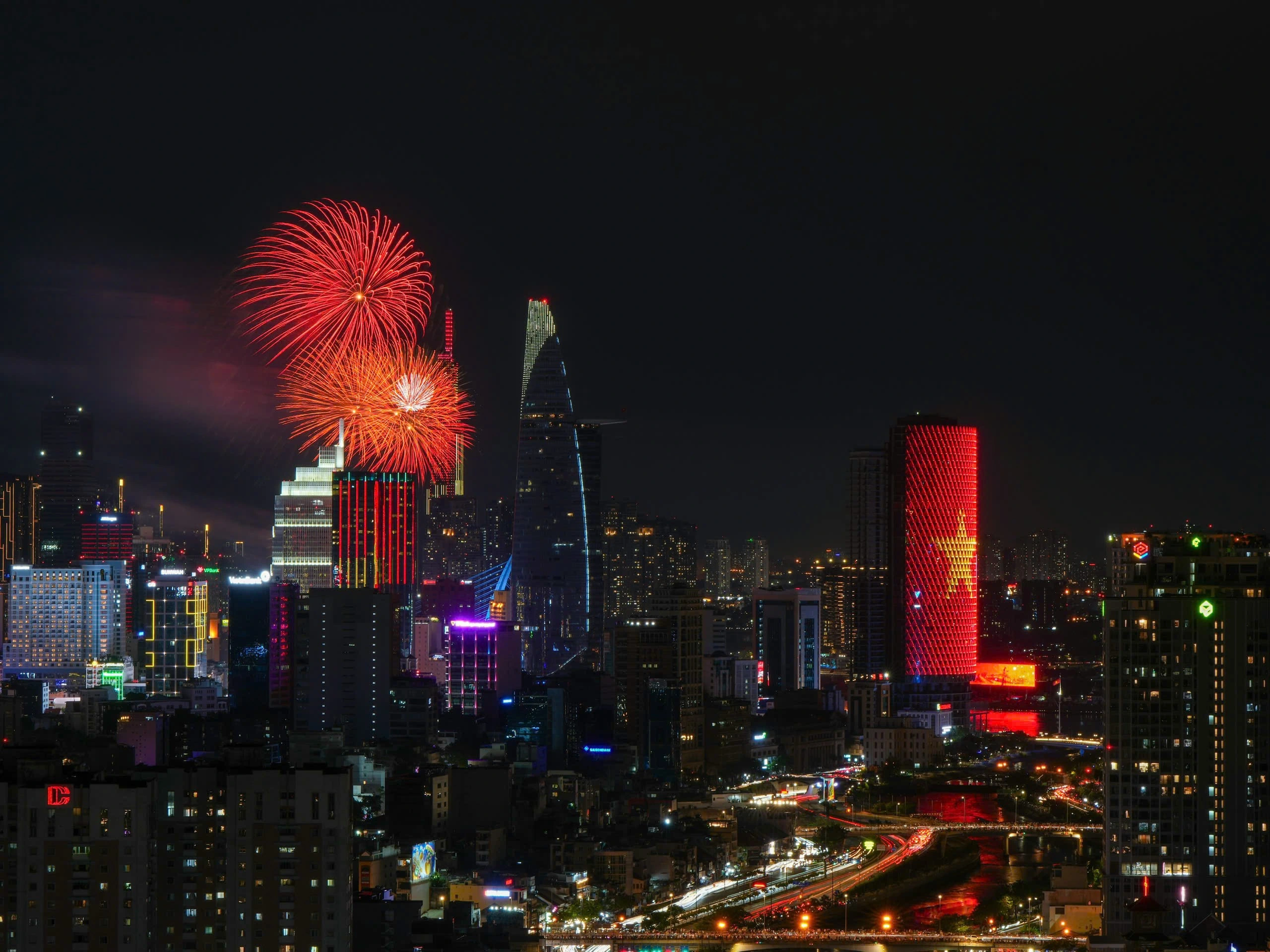

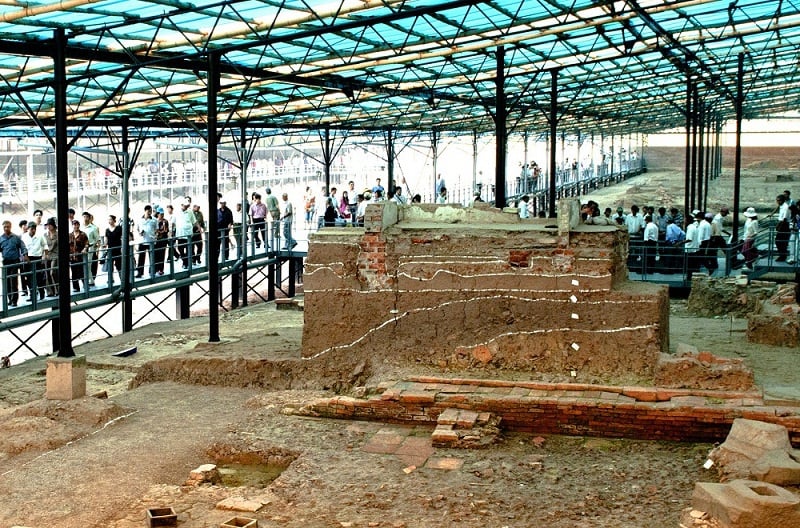
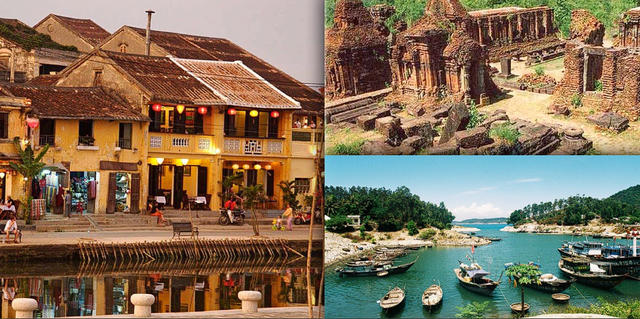
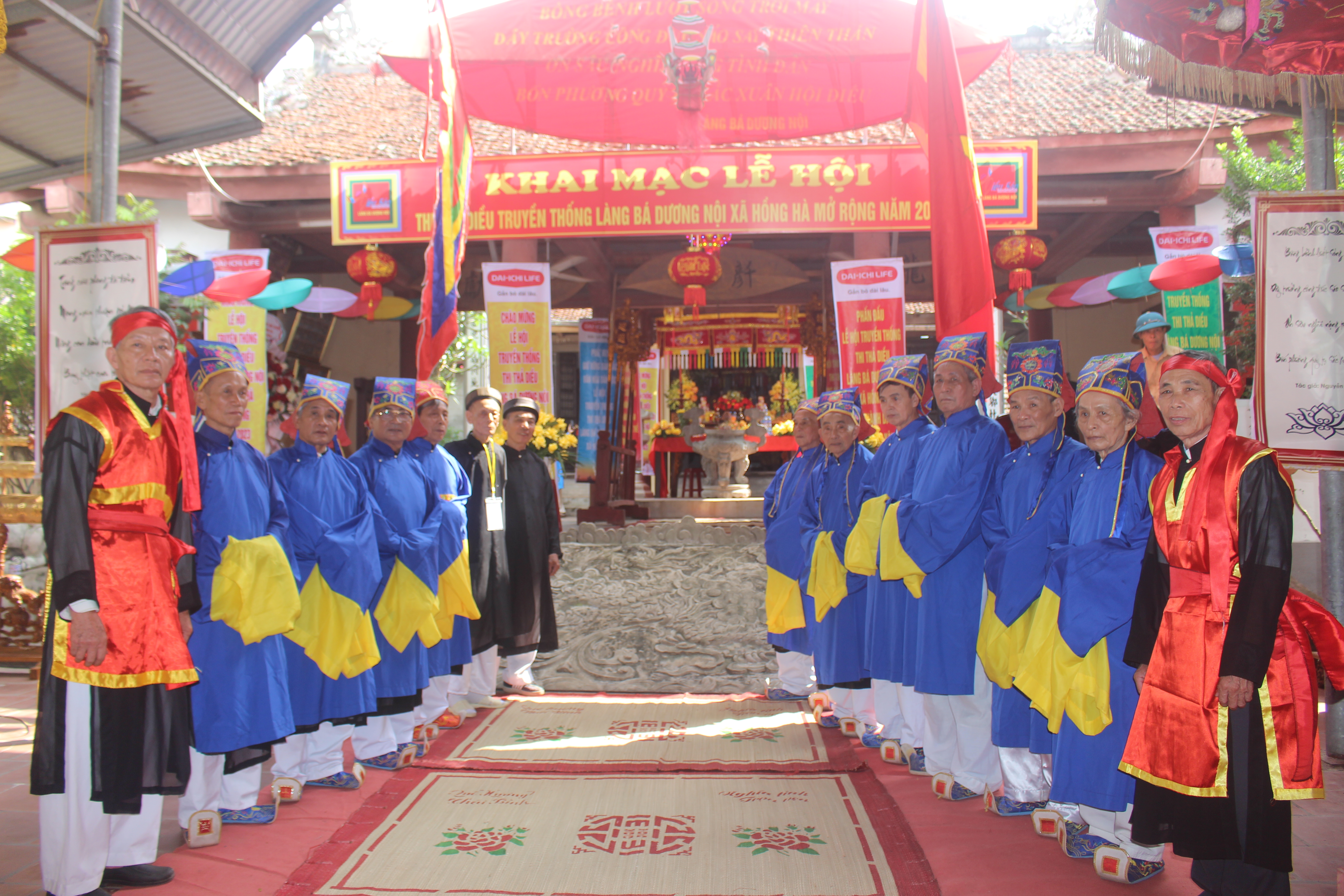
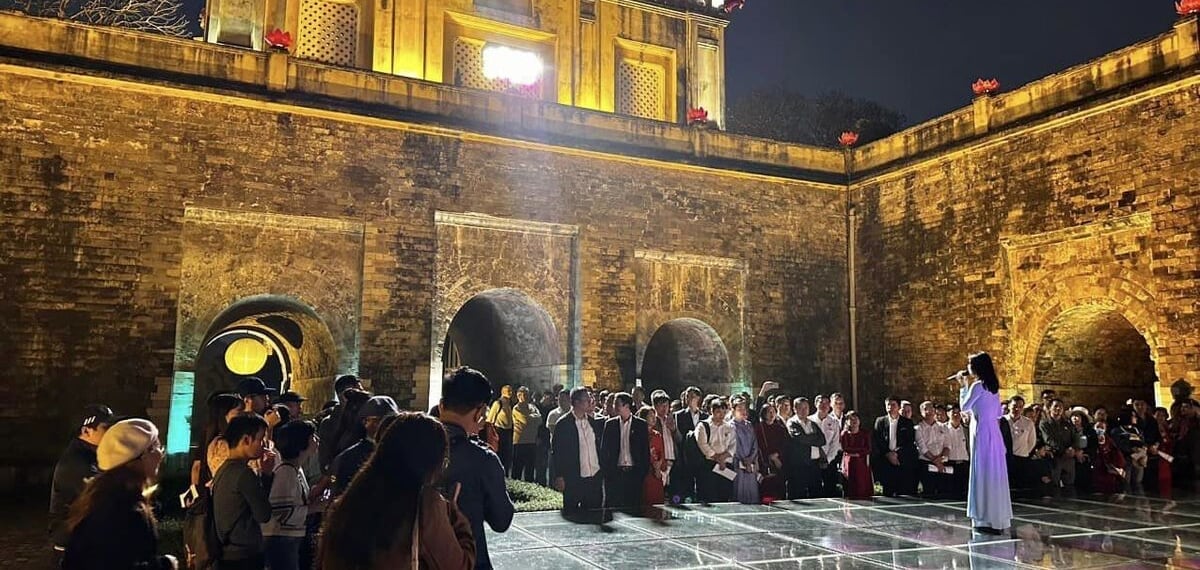
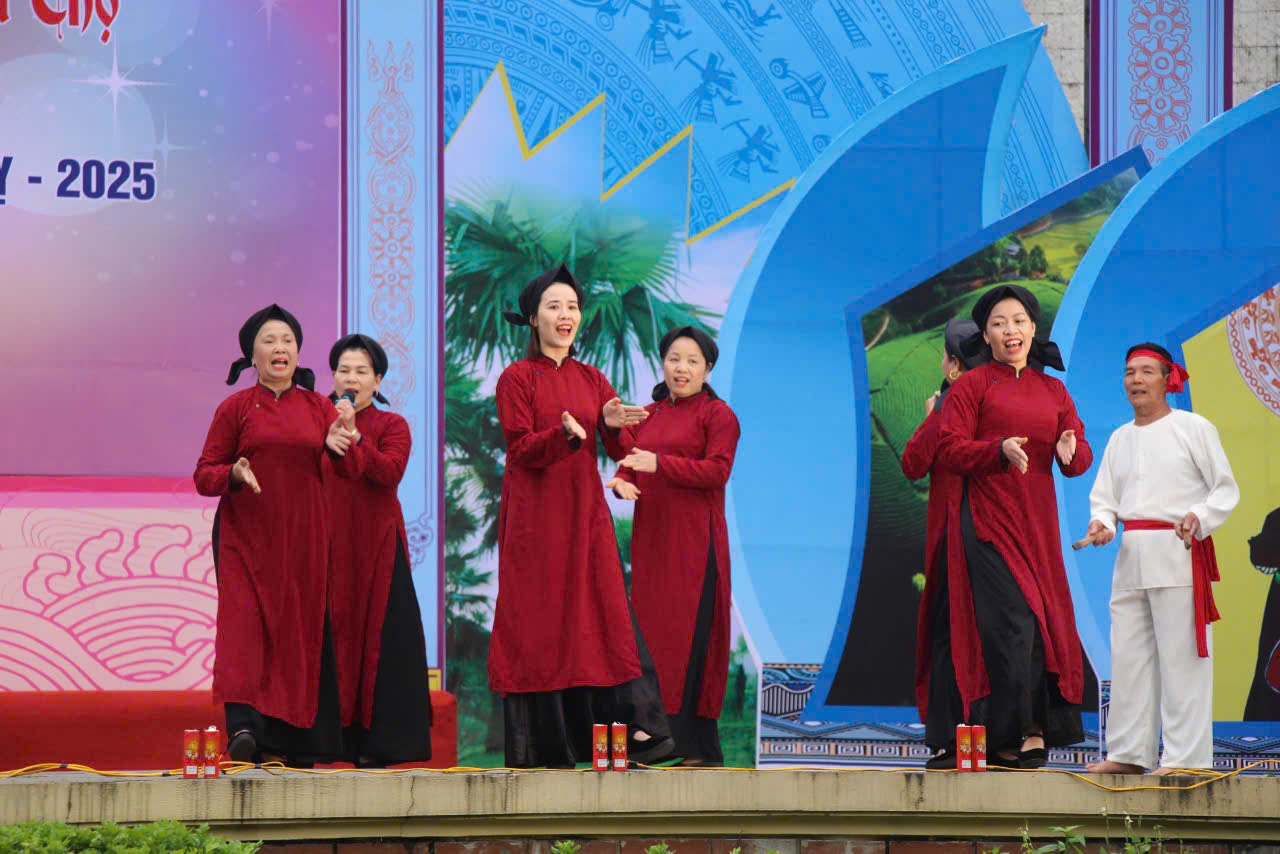
![[Photo] Special supplement of Nhan Dan Newspaper spreads to readers nationwide](https://vstatic.vietnam.vn/vietnam/resource/IMAGE/2025/4/28/0d87e85f00bc48c1b2172e568c679017)
![[Photo] A long line of young people in front of Nhan Dan Newspaper, recalling memories of the day the country was reunified](https://vstatic.vietnam.vn/vietnam/resource/IMAGE/2025/4/28/4709cea2becb4f13aaa0b2abb476bcea)
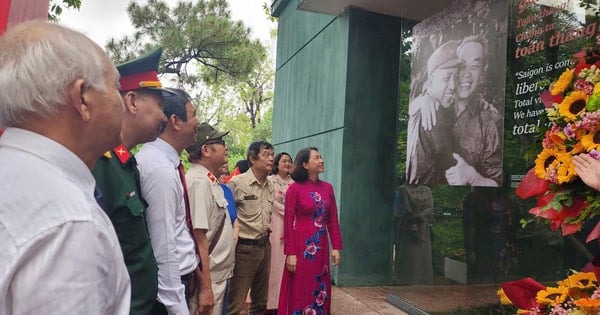

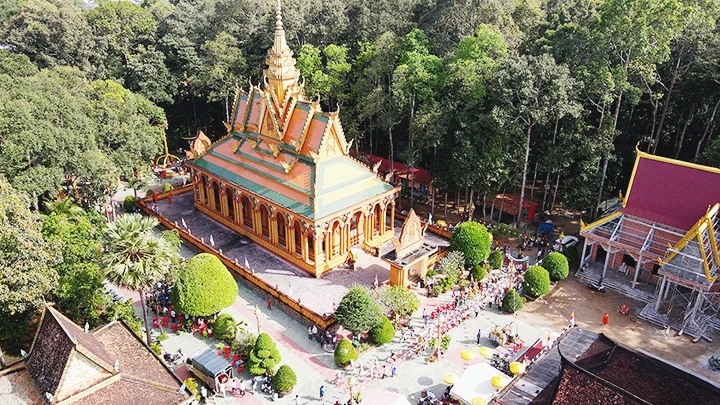

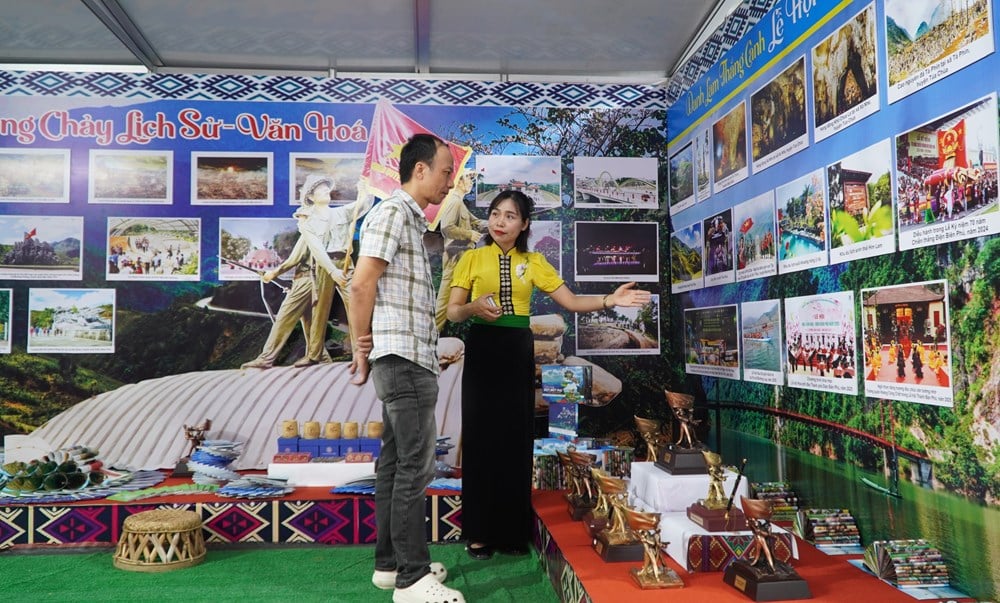

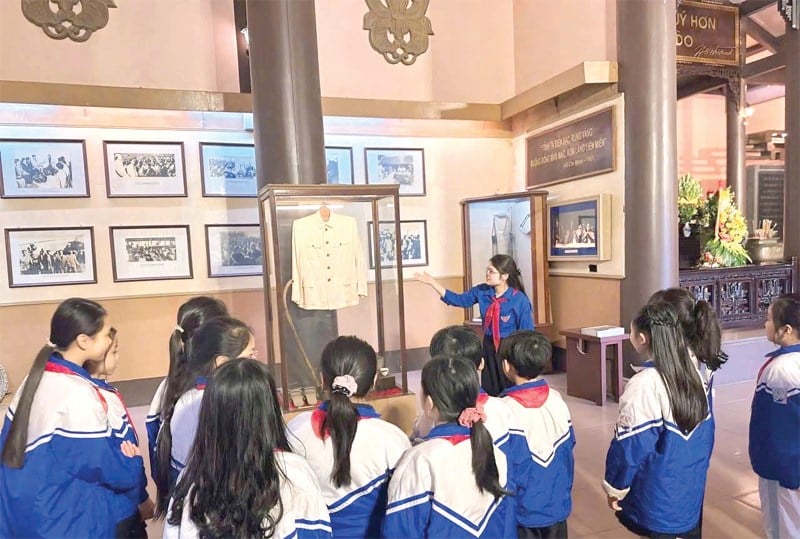
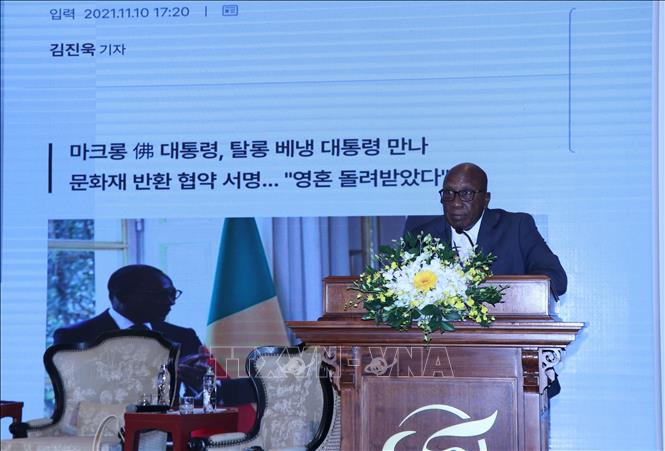

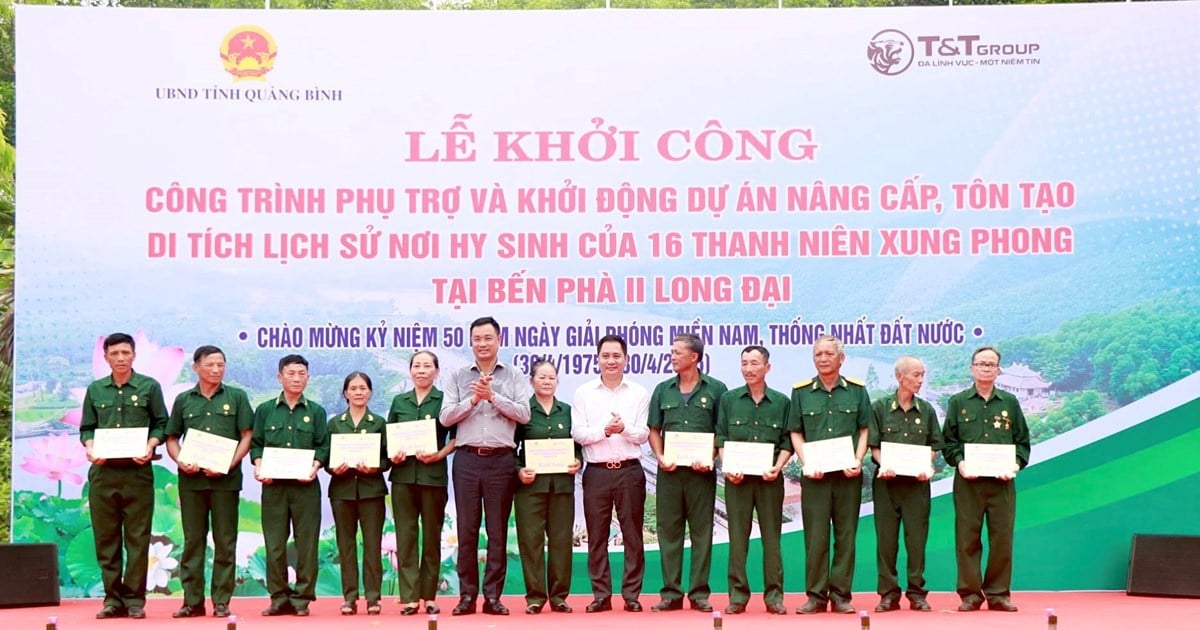
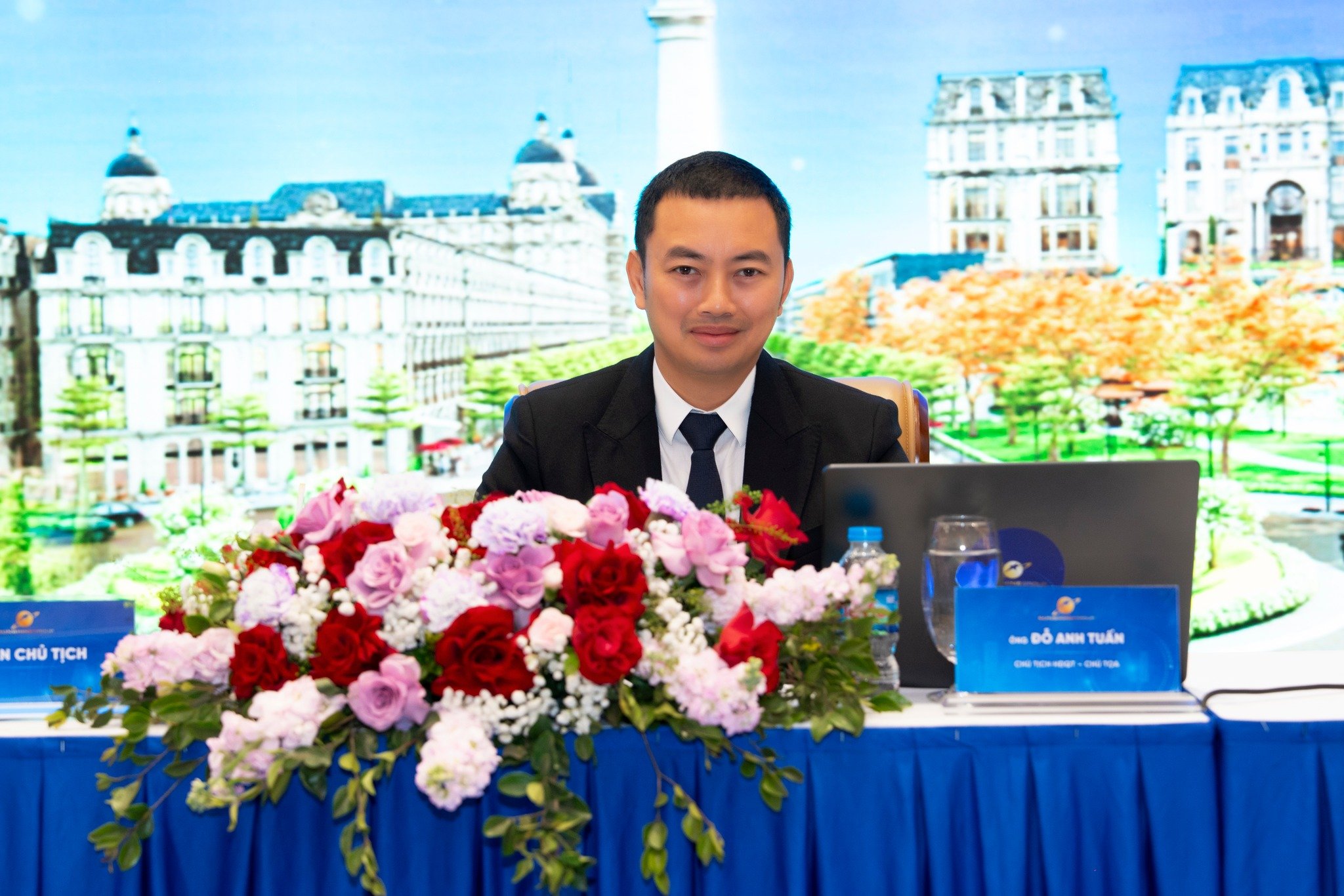

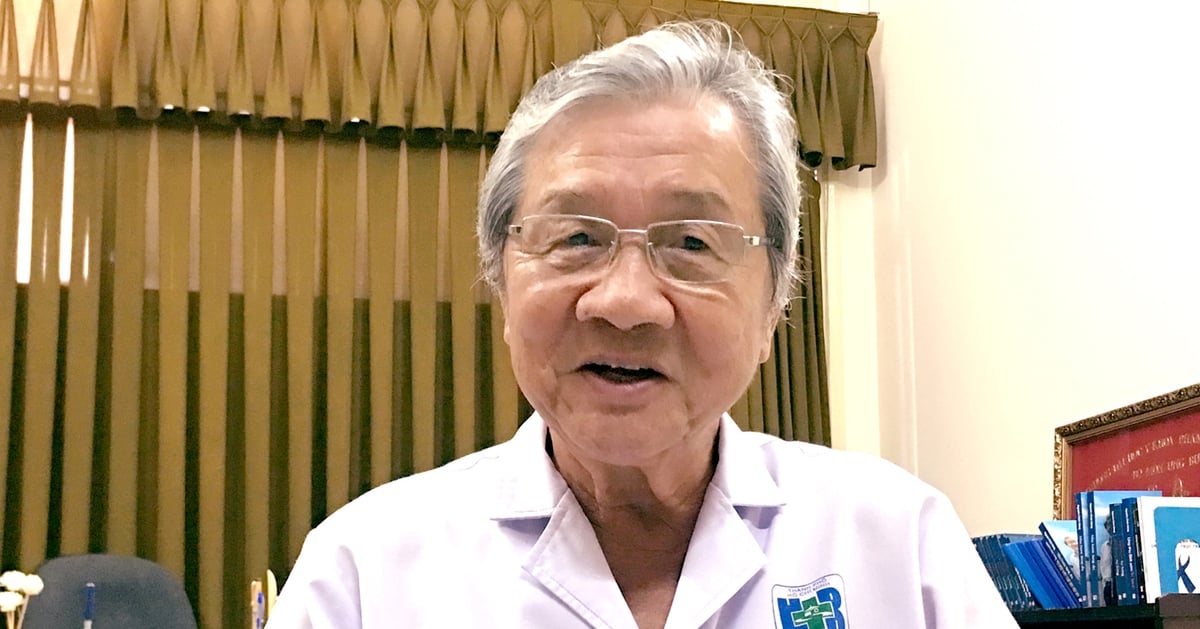









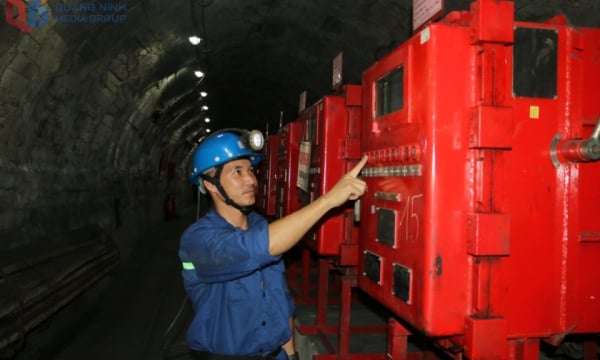



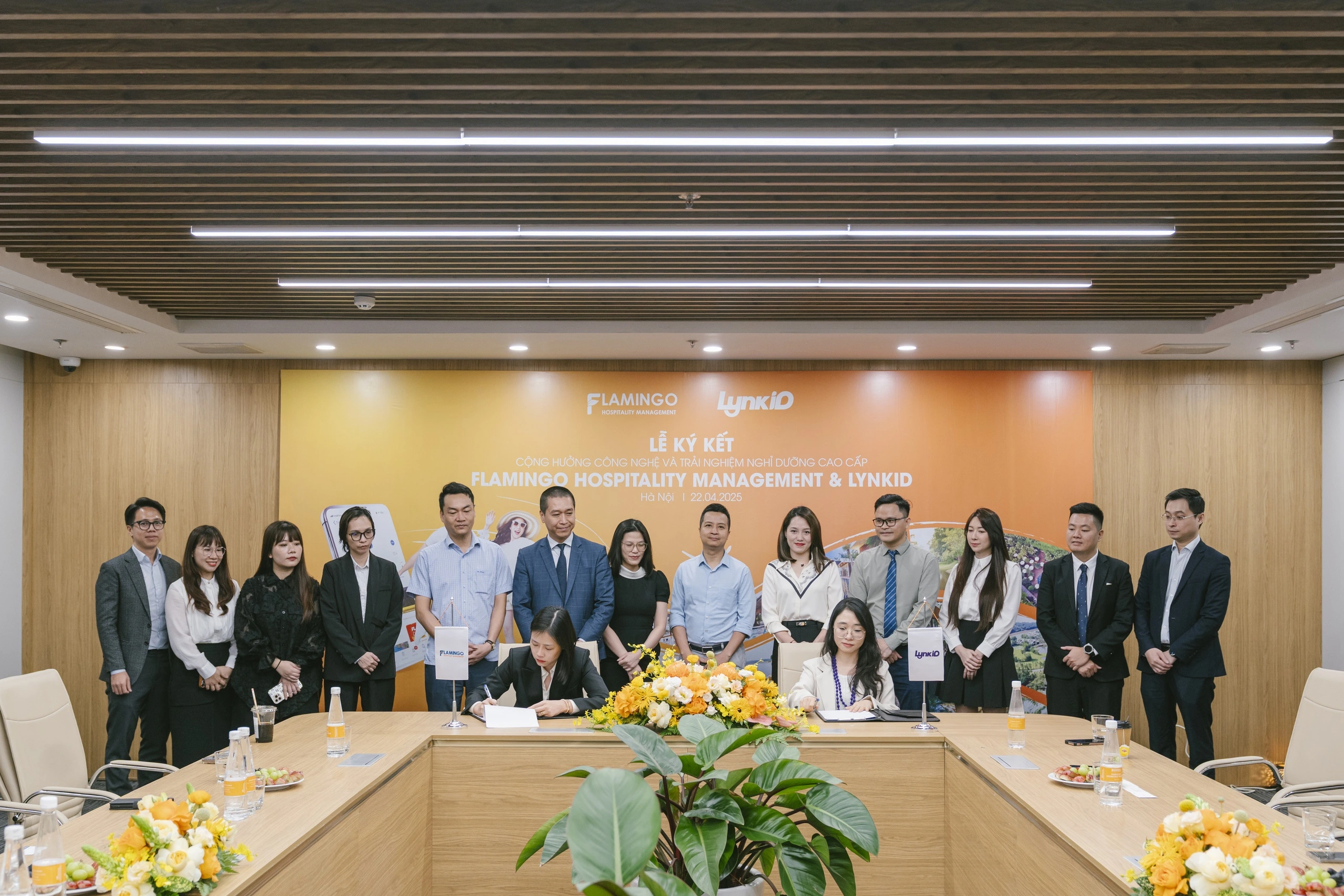
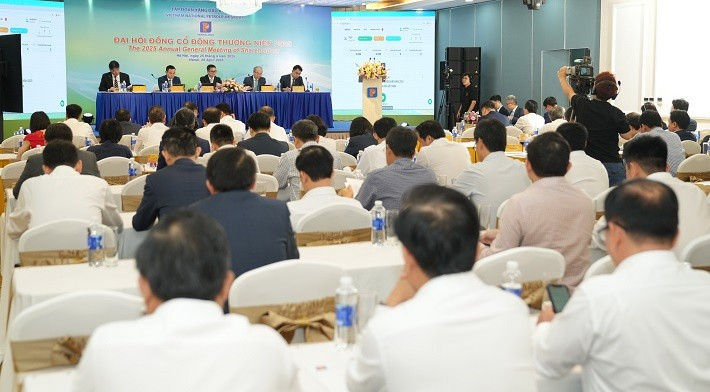

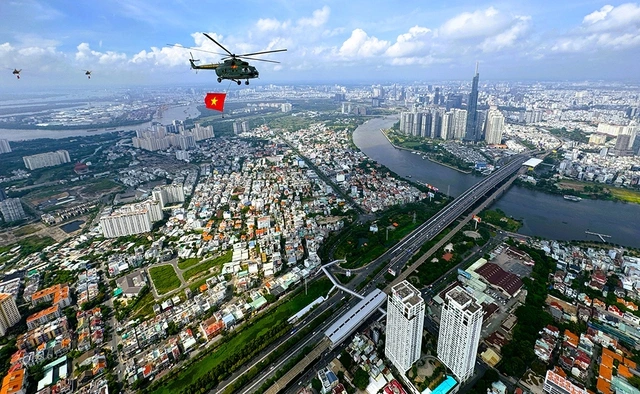
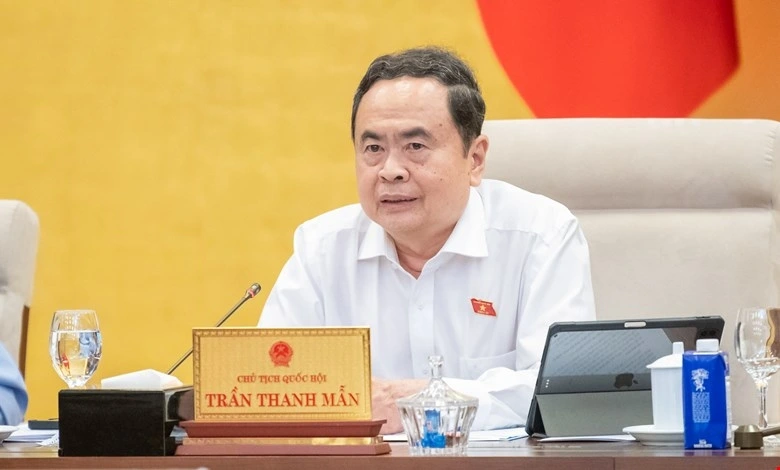

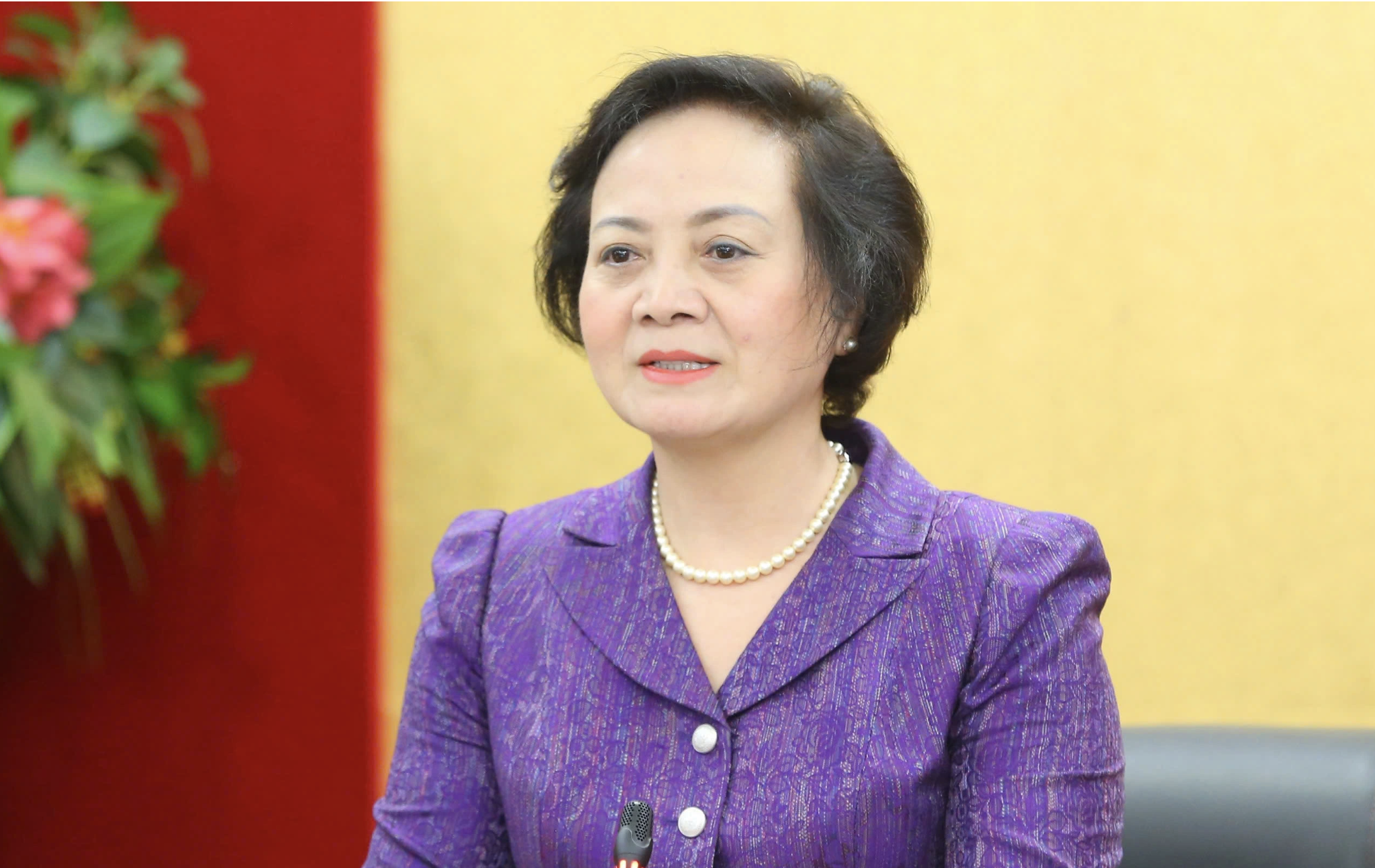


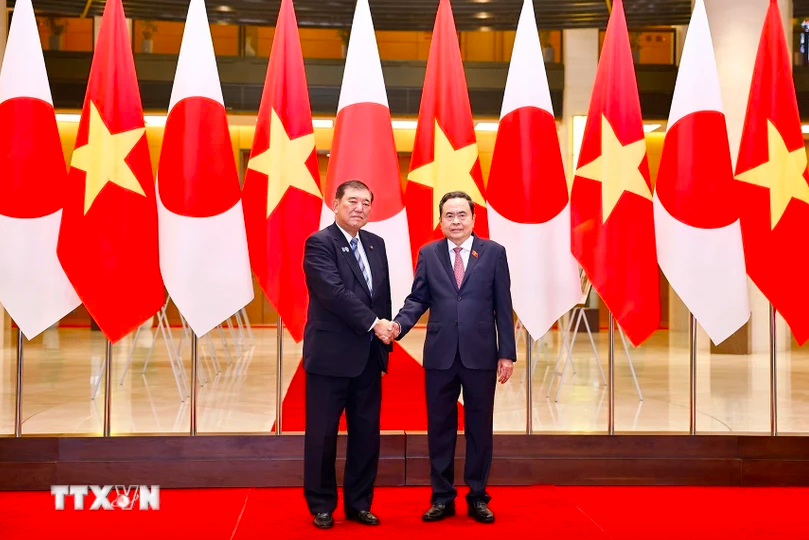



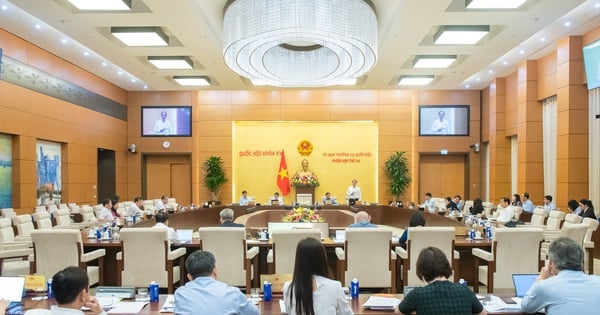
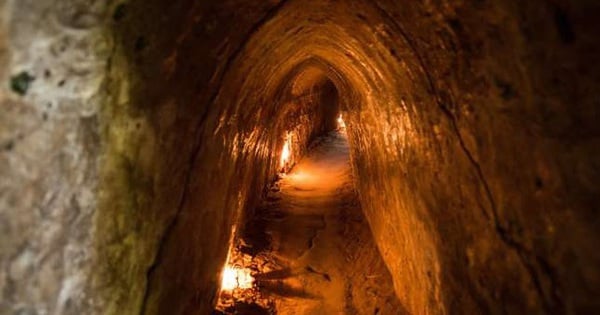



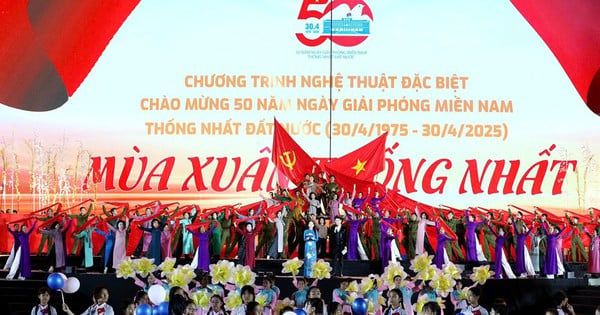
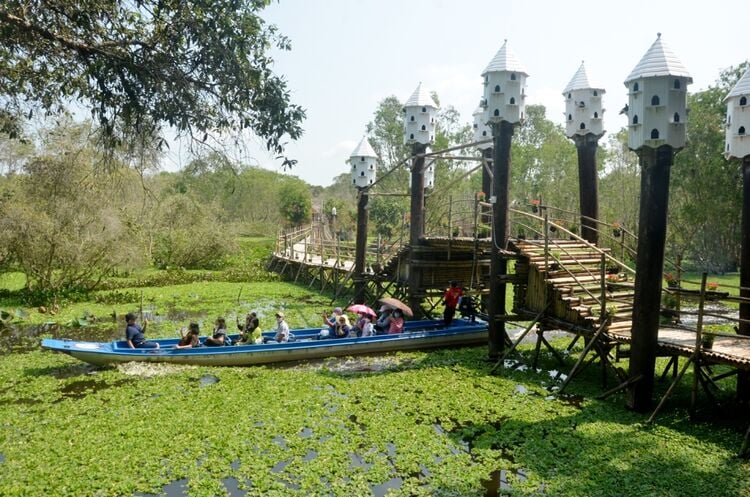

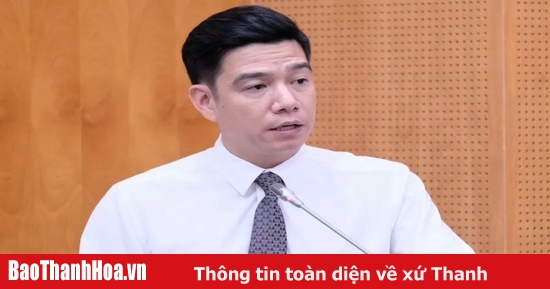

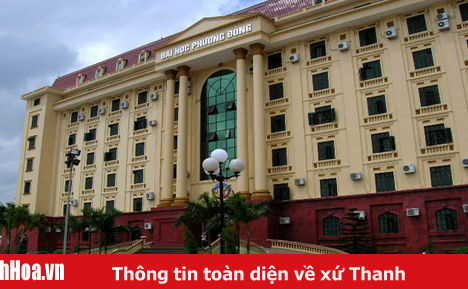
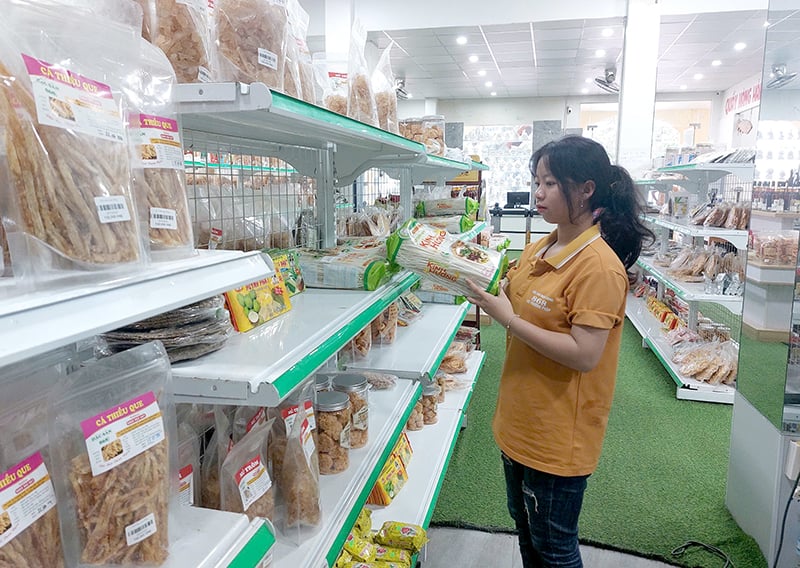

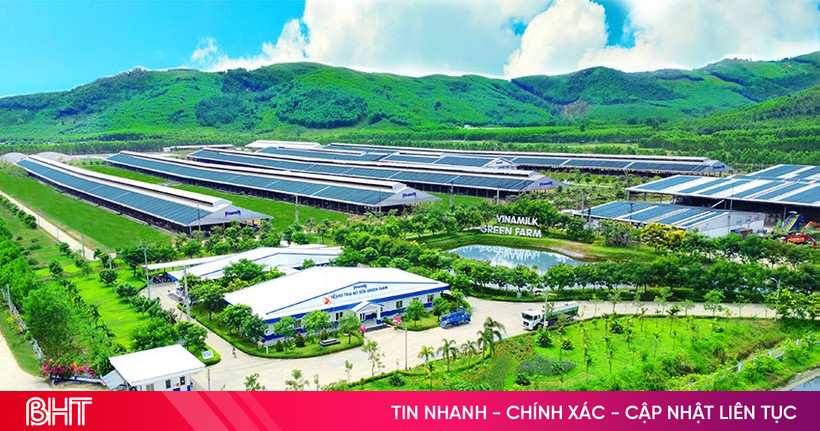




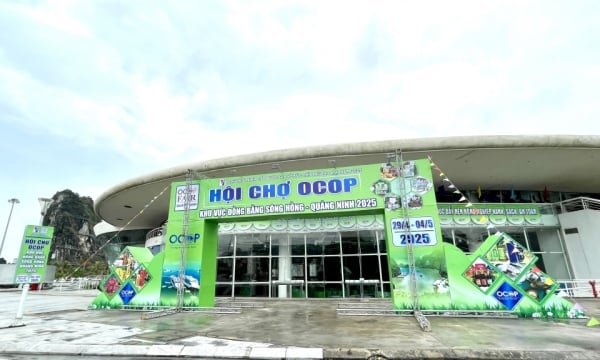








Comment (0)